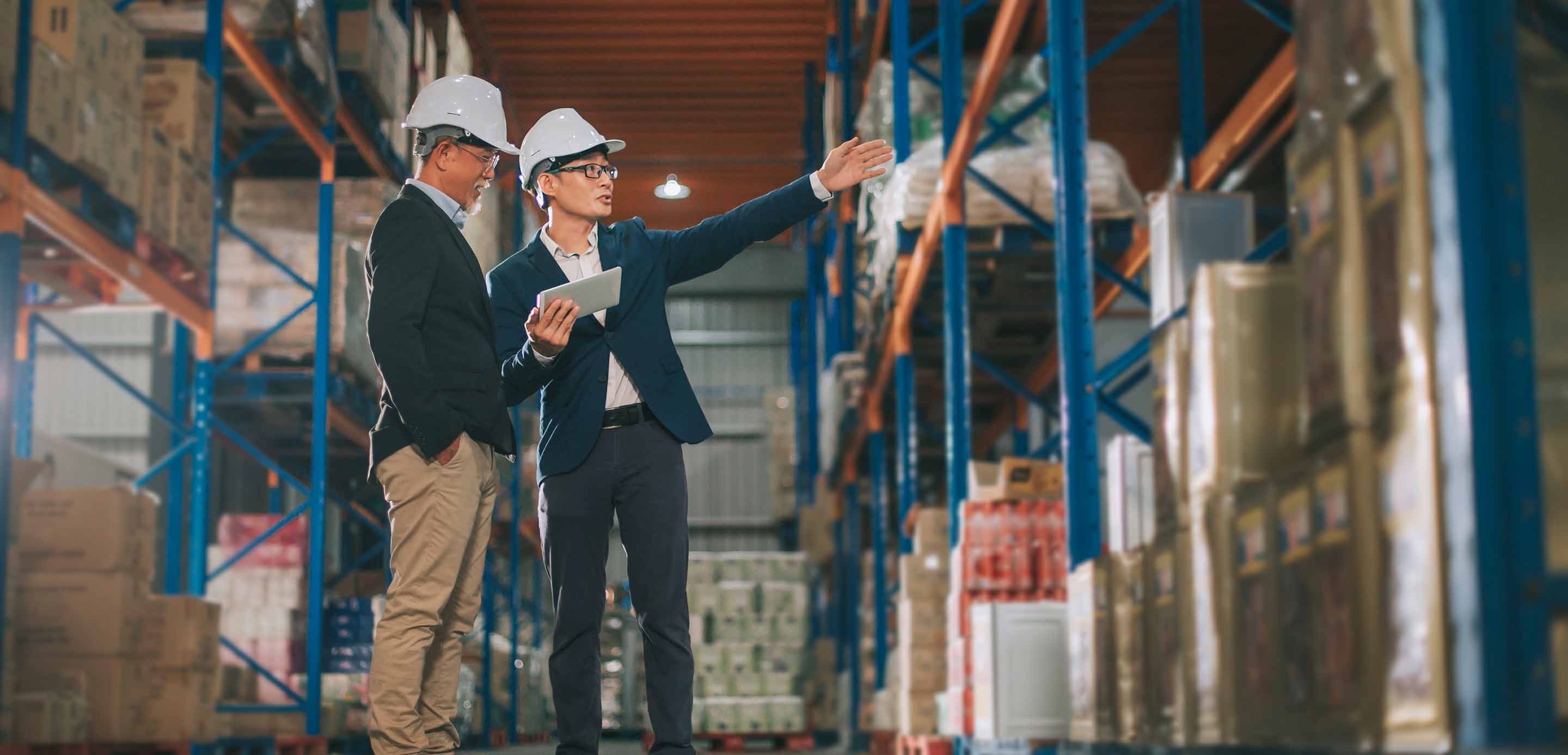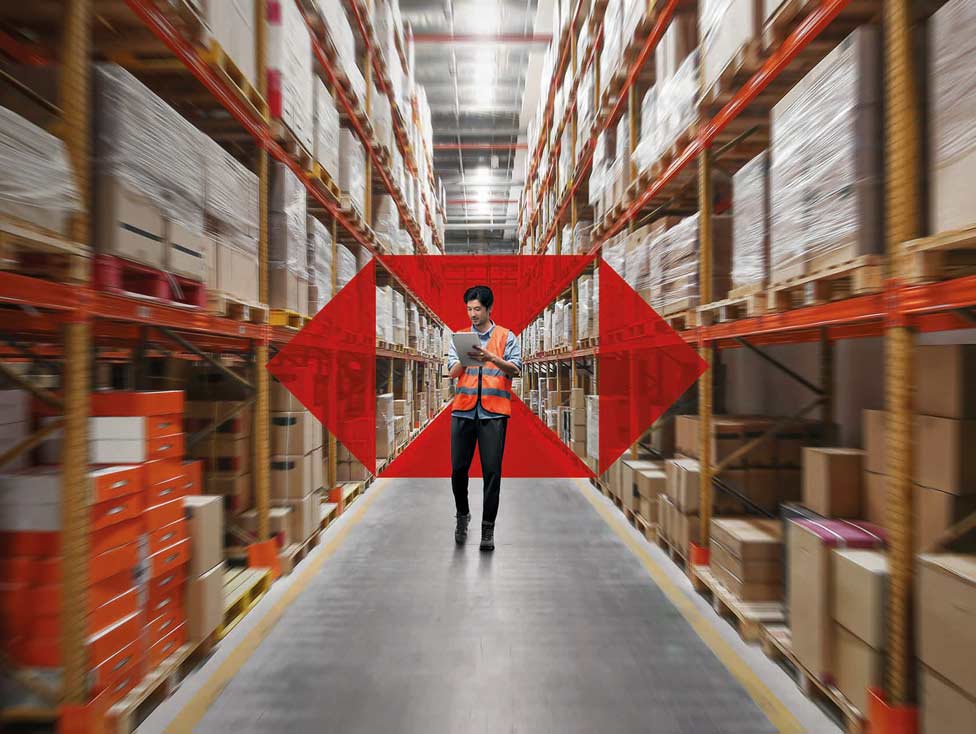- Article

- Infrastructure and Sustainable Finance
- Sustainable Supply Chain
Tackling supply chain sustainability
Are supply chains sustainable enough for businesses to balance growth plans with ESG goals?
COVID-19 exposed the vulnerability of supply chains globally. In the early days of the pandemic, as multiple lockdowns disrupted the flow of raw materials and finished goods around the globe, businesses scrambled to bolster their supply chains’ resilience. This had the effect of driving trade finance deeper into the supply chain, steadying suppliers’ working capital and thus the supply of goods to the buyer. But in a post-pandemic era where businesses must balance growth plans with ESG goals, the question now being asked is: are supply chains sustainable enough?
Our latest Navigator findings confirm that sustainability is very much front of mind for international businesses operating in Southeast Asia. Nearly half (47%) of the decision-makers from China, France, Germany, India, the UK and the USA in our survey state they would invest between 5 and 10% of their operating profit into increasing the sustainability of their business in Southeast Asia over the next 12 months.
Sustainability priorities
With supply chains accounting for as much as 80% of the world’s total carbon emissions1, it’s no surprise that they are under scrutiny from multinationals looking to improve their sustainability credentials. 37% of respondents cite ‘using partners which are more local to my business’ as their highest priority, followed by ‘reviewing sustainability credentials of suppliers’ (36%). Companies are also keen to deepen their connections with the region through investing in and / or supporting local communities (36%). Promoting nature-positive supply chains and supporting a circular economy are also seen as routes to making business in the region more sustainable.
The need for a collaborative approach
While international businesses may be keen to advance their sustainability agenda, SMEs, which can make up to 90% of a supply chain2, may not have the resources or the expertise to keep pace. Incorporating sustainable practices is costly, and many SMEs are still in recovery mode from the pandemic. To make progress on their sustainability journey they will need support.
Forward-thinking companies are addressing this issue through sustainable supply chain finance (SSCF) programmes. These offer more favourable financing terms to suppliers that demonstrate their progress in improving their environmental, health, safety and social standards.
Powerful partnerships
The US retail giant Walmart has pledged to remove a gigaton (1 billion metric tons) from its supply chain by 2030.3 But like many retailers, a large proportion of Walmart’s Scope 3 carbon emissions were embedded in relationships with SMEs. To incentivize its suppliers to reduce their carbon footprint, in 2019 the retailer partnered with HSBC in a SSCF program.
Recently the apparel company PVH has also partnered with HSBC in a SSCF program, in what is the first tied to both environmental and social objectives, and based on suppliers’ sustainability ratings.4
As demonstrated by these and other sustainable supply chain finance programmes, finance is a powerful lever to improve the sustainability of businesses. Embedding sustainability in global supply chains is not only beneficial for the environment and society, but also for companies’ bottom lines.
Seven steps towards a net-zero supply chain
- Rethink product design – revaluate how it’s made, how it’s used, start again if needed. Build to last, rather than build to replace.
- Embrace collaboration – a supply chain connects companies around the globe. Share knowledge, tech, investment, resources – and across the sector too.
- Build capabilities – invest in training; hire people with sustainability expertise.
- Invest in R&D – explore how alternative fuels, low-energy manufacture and carbon capture might neutralize or reduce your footprint.
- Harness the power of data – better data structures mean you measure carbon emissions, water usage etc. across the supply chain in real-time.
- Think holistically – aim for workable standards and practices rather than frequently changing policies.
- Enable financing – set up banking partnerships to help small suppliers finance net zero strategies.
HSBC has the tools, network and relationships to support businesses on their sustainability journey. Find out how we can help.
1. https://www.mckinsey.com/business-functions/sustainability/our-insights/starting-at-the-source-sustainability-in-supply-chains
2. https://www.business.hsbc.com/en-gb/insights/sustainability/what-you-should-look-for-in-a-supply-chain
3. https://corporate.walmart.com/newsroom/2019/05/08/walmart-on-track-to-reduce-1-billion-metric-tons-of-emissions-from-global-supply-chains-by-2030
4. https://www.pvh.com/news/pvh-hsbc-partnership
This document is prepared by The Hongkong and Shanghai Banking Corporation Limited (“HSBC”) and is for the exclusive use of the person to whom it is provided. It is intended for reference and illustrative purposes only. It does not constitute an offer or solicitation for, or advice or recommendation that you should enter into any transaction with HSBC or any of its subsidiaries or affiliates.
HSBC has based this Document on information obtained from sources it believes to be reliable but which it has not independently verified. All information contained in this Document (including without limitation, information about products, terms and conditions, pricing, forecasts, market influences and HSBC policy) is subject to change from time to time without any obligation on HSBC to give notice of such change to you.
HSBC makes no guarantee, representation or warranty and accepts no responsibility or liability for the contents of this Document and/or as to its accuracy or completeness and expressly disclaims any liability whatsoever for any loss howsoever arising from or in reliance upon the whole or any part of the contents of this Document to the maximum extent permitted by law. You are responsible for making your own evaluation about the products referred to in this document. HSBC recommends that before you make any decision or take any action that might affect you or your business, you consult with suitably qualified professional advisers to obtain the appropriate financial, legal, accounting, tax or other advice.
© Copyright. The Hongkong and Shanghai Banking Corporation Limited 2022, ALL RIGHTS RESERVED. No part of this publication may be reproduced, stored in a retrieval system, or transmitted, on any form or by any means, electronic, mechanical, photocopying, recording, or otherwise, without the prior written permission of HSBC.
How HSBC can help
Learn about HSBC in ASEAN and find out how we have supported our customer’s growth as well as our in-market offerings.





